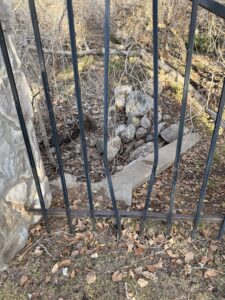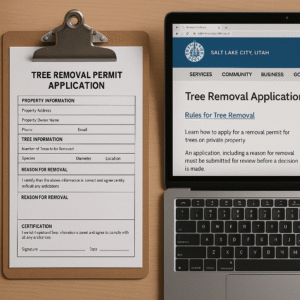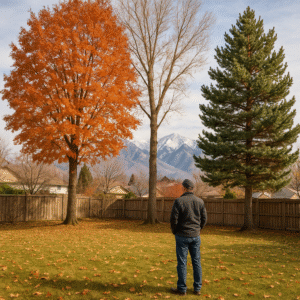As the summer sun beats down and temperatures soar, our trees face the challenging task of withstanding the heat. Trees not only enhance the beauty of our environment but also provide essential benefits like shade, oxygen, and habitat for wildlife. To ensure they thrive during the hottest months, we recommend some simple, yet effective options for protecting your trees in the summer heat.
1. Mulching: Your Tree’s Best Friend
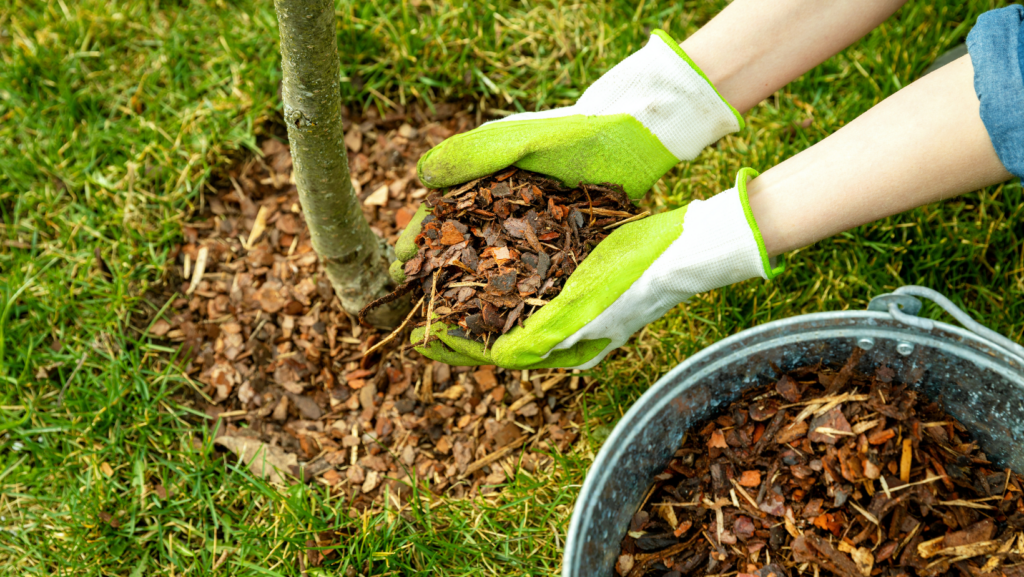
Mulching is one of the most effective ways to conserve soil moisture and regulate temperature around your trees. A good layer of mulch helps keep the roots cool, reduces water evaporation, and prevents weed growth. Apply a 2-4 inch layer of organic mulch, such as wood chips or shredded bark, around the base of your trees. Make sure to keep the mulch a few inches away from the trunk to prevent rot and pests.
2. Proper Watering Techniques
During the summer, trees require consistent and deep watering to stay healthy. The goal is to encourage deep root growth by watering less frequently but more thoroughly. Water your trees in the early morning or late evening to minimize evaporation. Aim to soak the soil to a depth of at least 12 inches. For young trees, regular watering is essential, while established trees may only need watering during extended dry spells.

3. Pruning for Health and Safety
Summer is not the ideal time for heavy pruning, but light pruning can benefit your trees. Remove any dead, damaged, or diseased branches to reduce the risk of pests and diseases. Pruning also improves air circulation within the canopy, helping trees withstand high temperatures. Be cautious not to over-prune, as excessive removal of foliage can stress the tree and reduce its ability to photosynthesize.
4. Fertilization: Boosting Nutrient Supply
Trees, like all plants, need nutrients to thrive, especially during stressful periods like summer. Applying a balanced, slow-release fertilizer in the early summer can provide the necessary nutrients to support growth and resilience. However, avoid fertilizing during extreme heat, as this can further stress the trees. Always follow the manufacturer’s instructions and consider soil testing to determine the specific needs of your trees.
5. Protection from Pests and Diseases

Summer heat can make trees more susceptible to pests and diseases. Regularly inspect your trees for signs of infestation or infection, such as discolored leaves, unusual growths, or the presence of insects. Early detection and treatment are crucial for managing problems before they become severe. Use environmentally friendly pest control methods whenever possible and consult with a professional arborist for advice on the best practices for your specific situation.
6. Providing Shade and Windbreaks
For young or newly planted trees, consider using shade cloth or temporary structures to provide relief from the intense sun. Additionally, creating windbreaks with shrubs or fencing can protect trees from hot, drying winds that can exacerbate heat stress. These measures can be particularly beneficial during the hottest parts of the day and can significantly improve the survival rates of vulnerable trees.
7. Soil Health: The Foundation of Tree Health
Healthy soil is the foundation of a healthy tree. Ensure your soil has good drainage and is rich in organic matter. Compacted soil can limit root growth and reduce water infiltration. Aerate the soil around your trees if necessary and consider adding compost or other organic amendments to improve soil structure and fertility.
8. Monitoring and Maintenance
Regular monitoring and maintenance are key to protecting your trees during the summer. Keep an eye on weather forecasts and be prepared to adjust your care routines during heatwaves or prolonged dry spells. Consistent observation allows you to catch and address potential problems early, ensuring your trees remain healthy and resilient.
9. The Importance of Professional Care
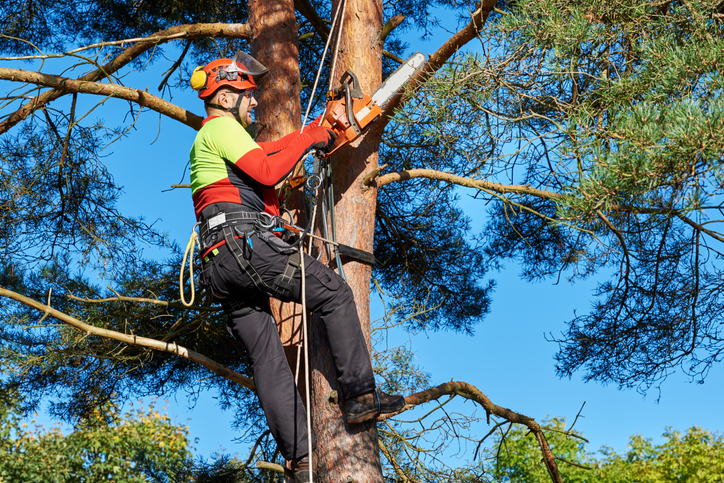
While homeowners can implement many tree care practices themselves, some tasks are best left to professionals. At All Woods’ Tree Service, our experienced arborists are equipped with the knowledge and tools to provide comprehensive tree care. From advanced pest management to precise pruning and soil health assessments, we offer services that ensure your trees receive the best possible care throughout the summer and beyond.

Protecting your trees from the summer heat requires a combination of proper watering, mulching, pruning, and proactive care. By following these guidelines, you can help your trees thrive even in the most challenging conditions. Remember, healthy trees not only enhance your landscape but also contribute to a healthier environment. For expert advice and professional tree care services, trust All Woods’ Tree Service. Together, we can ensure your trees remain strong and beautiful all summer long.
For more information or to schedule a consultation, contact All Woods’ Tree Service today. Our team is dedicated to preserving the health and beauty of your trees, no matter the season.


